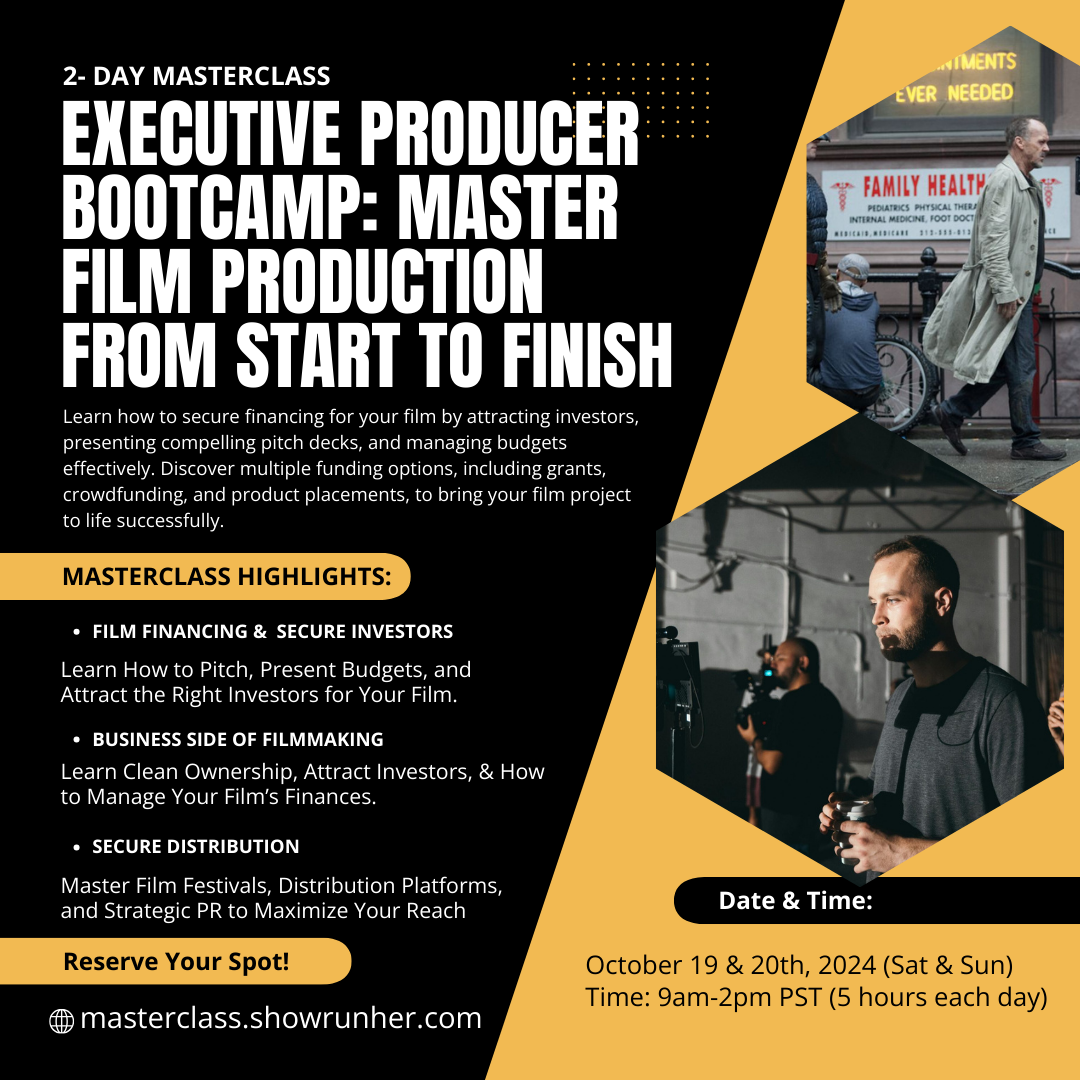The key to success is often rooted in the structure when starting a screenplay. One of the most common and effective storytelling frameworks used in screenwriting is the 3-Act Structure. This classic formula is the foundation of many successful films and provides a solid roadmap for screenwriters to organize their stories.

What is the 3-Act Structure?
The 3-Act Structure divides a screenplay into three sections: Setup, Confrontation, and Resolution. Each act serves a different purpose in the story, guiding the protagonist’s journey and the audience’s emotional experience.
Here’s an Act 1: Setup (The Beginning)
This is where you introduce the world of your story, the main characters, and the central conflict. The audience learns what the protagonist wants and what obstacles stand in their way. It sets the tone and stakes for what’s to come.
- Length: Usually about 25-30 pages (if following the standard feature film format of 90-120 pages).
- Key Components:
- Opening Image: A visual or emotional snapshot that represents the world of the story before the journey begins.
- Inciting Incident: The event that sets the protagonist’s journey in motion. It disrupts the status quo and compels the hero to take action.
- Plot Point 1: The first major turning point that catapults the protagonist into a new direction, often ending Act 1.
- Example: In The Matrix, the Setup introduces us to Neo, a hacker living a double life, dissatisfied with his reality. The Inciting Incident occurs when Neo meets Trinity and Morpheus, leading him to take the red pill. Plot Point 1 is when Neo awakens in the real world, fully thrust into the story’s conflict.
Tip for Screenwriters: Make your inciting incident as compelling as possible. This moment should create an emotional reaction from the audience and force your protagonist into action. Without a strong catalyst, the story may feel flat or directionless.
Act 2: Confrontation (The Middle)
This is the longest act in the screenplay and where most of the action happens. The protagonist faces numerous obstacles and challenges, deepening the conflict and complicating the journey. This is where the stakes get higher, and tension builds.
- Length: About 50-60 pages.
- Key Components:
- Rising Action: A series of events where the protagonist encounters new challenges, gains allies, and faces opposition from the antagonist.
- Midpoint: A critical moment that shifts the story in a new direction. It’s often a big revelation or turning point that raises the stakes.
- Plot Point 2: The low point or crisis where the protagonist faces seemingly insurmountable odds and all hope appears lost.
- Example: In Star Wars: A New Hope, Act 2 consists of Luke Skywalker learning about the Force, teaming up with Han Solo and Princess Leia, and embarking on a mission to destroy the Death Star. The Midpoint occurs when they rescue Leia, and the stakes are raised when they’re caught on the Death Star. Plot Point 2 is when Obi-Wan Kenobi dies, and Luke must take on the role of hero in full force.
Tip for Screenwriters: Keep the momentum going in Act 2. It’s easy for this section to feel long and slow, so make sure each scene moves the plot forward or develops your characters in meaningful ways. Introduce twists and unexpected obstacles to maintain tension and engagement.
Act 3: Resolution (The End)
This is the final act where the story reaches its climax, and the protagonist must face their greatest challenge. It’s also where the major questions posed by the story are answered, and the conflict is resolved, leading to the conclusion.
- Length: About 20-30 pages.
- Key Components:
- Climax: The most intense part of the story where the protagonist faces the antagonist or resolves the central conflict.
- Final Battle: Often the climactic moment where the protagonist overcomes the antagonist or obstacle (whether internal or external).
- Resolution: The aftermath where loose ends are tied up, and the audience sees the results of the protagonist’s journey.
- Example: In The Dark Knight, Act 3 begins with Batman facing his greatest challenge: the Joker’s ultimatum to save either Harvey Dent or Rachel. The Climax is when Batman defeats the Joker but is left with the tragic aftermath of losing Rachel and Harvey becoming Two-Face. The Resolution shows Batman accepting the burden of Gotham’s hero, making the ultimate sacrifice by taking the blame for Harvey’s crimes.
Tip for Screenwriters: Make your climax both satisfying and surprising. The audience should feel the weight of the protagonist’s final battle, but it should also offer an unexpected twist or emotional payoff that lingers after the credits roll.
Tips for Using the 3-Act Structure:
- Outline Early: Before you start writing, map out the key moments in each act. A strong outline can save you time later and ensure that your story stays on track.
- Focus on the Character Arc: While the 3-Act Structure helps guide the plot, it’s essential to align the protagonist’s emotional journey with these beats. Make sure your character grows and changes with each act.
- Pacing is Key: Each act should feel like it’s escalating the stakes. Pay attention to how the pacing shifts from one act to the next. Ensure Act 2 doesn’t lag by introducing obstacles and keeping the tension high.
- Be Flexible: While the 3-Act Structure is a powerful tool, it’s not a strict formula. Some stories may need to deviate slightly from this structure, and that’s okay as long as the narrative is compelling.
Conclusion
The 3-Act Structure provides a clear and proven framework for telling a story, whether you’re writing a feature film, short film, or even a TV episode. By breaking your story into Setup, Confrontation, and Resolution, you ensure that your screenplay has a strong foundation, with a natural progression of events and emotional beats that keep audiences engaged from start to finish.
Embrace the structure, but don’t be afraid to innovate within it to make your screenplay truly stand out.












